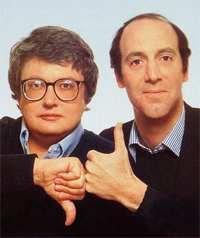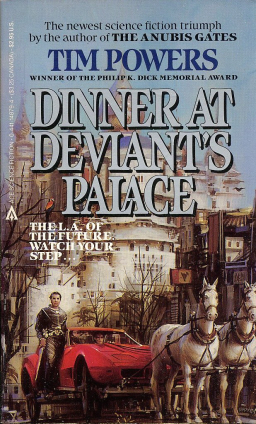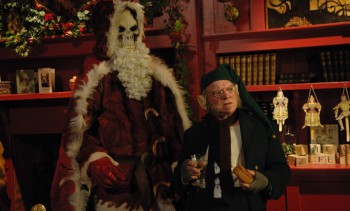The Hunger Games and Kids: When to Say When?
 On a recent visit, my sister was shocked to discover that my boys had with them a copy of Mockingjay. At first, she assumed it was Corey’s (Corey is nearly thirteen), and was therefore even more horrified to learn that it was Evan’s book. Evan is eight.
On a recent visit, my sister was shocked to discover that my boys had with them a copy of Mockingjay. At first, she assumed it was Corey’s (Corey is nearly thirteen), and was therefore even more horrified to learn that it was Evan’s book. Evan is eight.
My sister accosted me later that night (with my boys and hers all tucked up in various beds, visions of Minecraft dancing in their heads) and asked how I had come to the decision to let Evan tackle The Hunger Games books. She did not approach on an attack vector ––“How dare you let him read this trash!” No, no. Opinionated my sister certainly is, but she’s a smart (and tolerant) cookie.
Even so, my answer took the better part of twenty minutes to deliver, because I myself am puzzled by why Evan is reading The Hunger Games and why I (having viewed The Hunger Games and read Catching Fire) am at least tacitly condoning his choice.



 One of the strangest and most distinctive elements of a super-hero is a secret identity. It’s so distinctive we don’t even think about how strange it is. Or, more precisely, how strange the heroic identity is. There’ve been disguises and alter-egos throughout fiction, whether Odysseus showing up at his home incognito before killing his wife’s suitors, or the heroines of Shakespearean comedy dressing up as men and taking male names, or Sherlock Holmes ferreting out clues while masquerading as a humble old book-seller or opium addict. But the super-hero identity, in its classic form, is less a person than an idea: a being known by a code-name, who does not pretend to be a specific person, but instead wears a mask or cloak, and who exists only for one reason — usually to defend against some injustice, to right wrongs, or generally to fight crime. The super-hero identity is not a person or a personality; it’s the idea of a person, the dream of an identity. Much has been written about the symbolic presentation of masculinity the dual identity implies, a weak or nerdy exterior hiding a powerful secret persona. It’s interesting, then, that the idea seems to have been created by a woman.
One of the strangest and most distinctive elements of a super-hero is a secret identity. It’s so distinctive we don’t even think about how strange it is. Or, more precisely, how strange the heroic identity is. There’ve been disguises and alter-egos throughout fiction, whether Odysseus showing up at his home incognito before killing his wife’s suitors, or the heroines of Shakespearean comedy dressing up as men and taking male names, or Sherlock Holmes ferreting out clues while masquerading as a humble old book-seller or opium addict. But the super-hero identity, in its classic form, is less a person than an idea: a being known by a code-name, who does not pretend to be a specific person, but instead wears a mask or cloak, and who exists only for one reason — usually to defend against some injustice, to right wrongs, or generally to fight crime. The super-hero identity is not a person or a personality; it’s the idea of a person, the dream of an identity. Much has been written about the symbolic presentation of masculinity the dual identity implies, a weak or nerdy exterior hiding a powerful secret persona. It’s interesting, then, that the idea seems to have been created by a woman.



